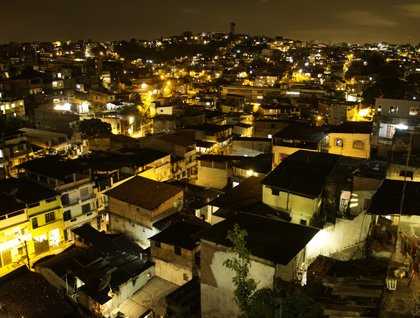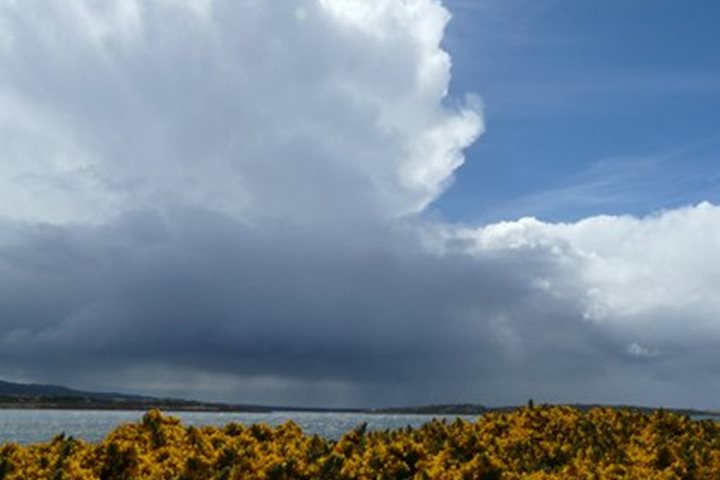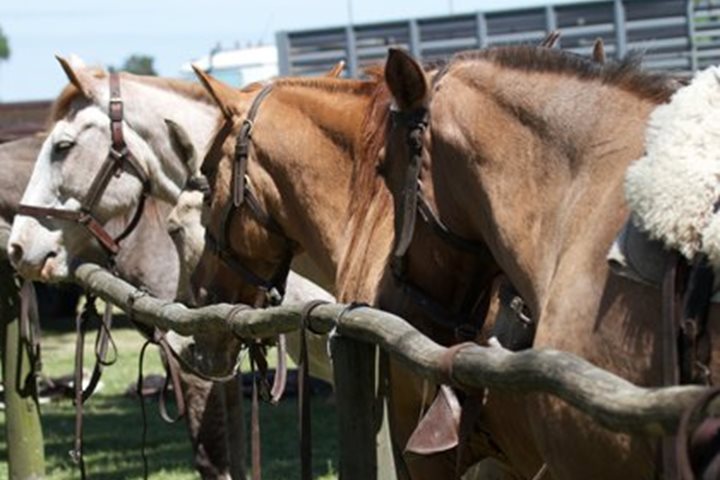After an extra, and most welcome, hour of sleep following a change of time zones as we sailed westward towards Salvador on the coast of mainland Brazil, we also awoke to a change of weather conditions: cooler temperatures and the first heavy rain of the voyage. Our expedition leader was to update us later in the day with reports from our destinations that the city had experienced more rainfall in a single day than was normal for the entire month; there had been localized flooding and mud slides. By the time the outline of the coastal city was in sight—a much larger urban area than some had expected—the weather had cleared up and many were out on deck to watch our arrival.
We had been prepared for the city’s unique culture by two morning presentations. National Geographic Explorer-in-Residence Wade Davis gave a thrilling account of the spiritual beliefs that had transferred to Brazil from West Africa as a consequence of the Atlantic Slave Trade, Salvador being the principal point of entry for those slaves into the New World. His presentation was enlivened by a rich fund of stories from his ethnographic research in the field, including remarkable work investigating Haitian Voodoo. This presentation provided the context for the lively musical heritage of the city that was magisterially surveyed by our musicologist, Jacob Edgar.
After an early dinner, we disembarked for a private performance by Ilê Aiyê, an Afro-Brazilian group founded in 1974 to raise the self-esteem of the Bahian black community. It has since become a mainstay of the city’s carnival, with hundreds of musicians and dancers training for the annual event. It was thrilling performance, a fitting welcome to Brazil as we commence our exploration of its Atlantic coastline.









